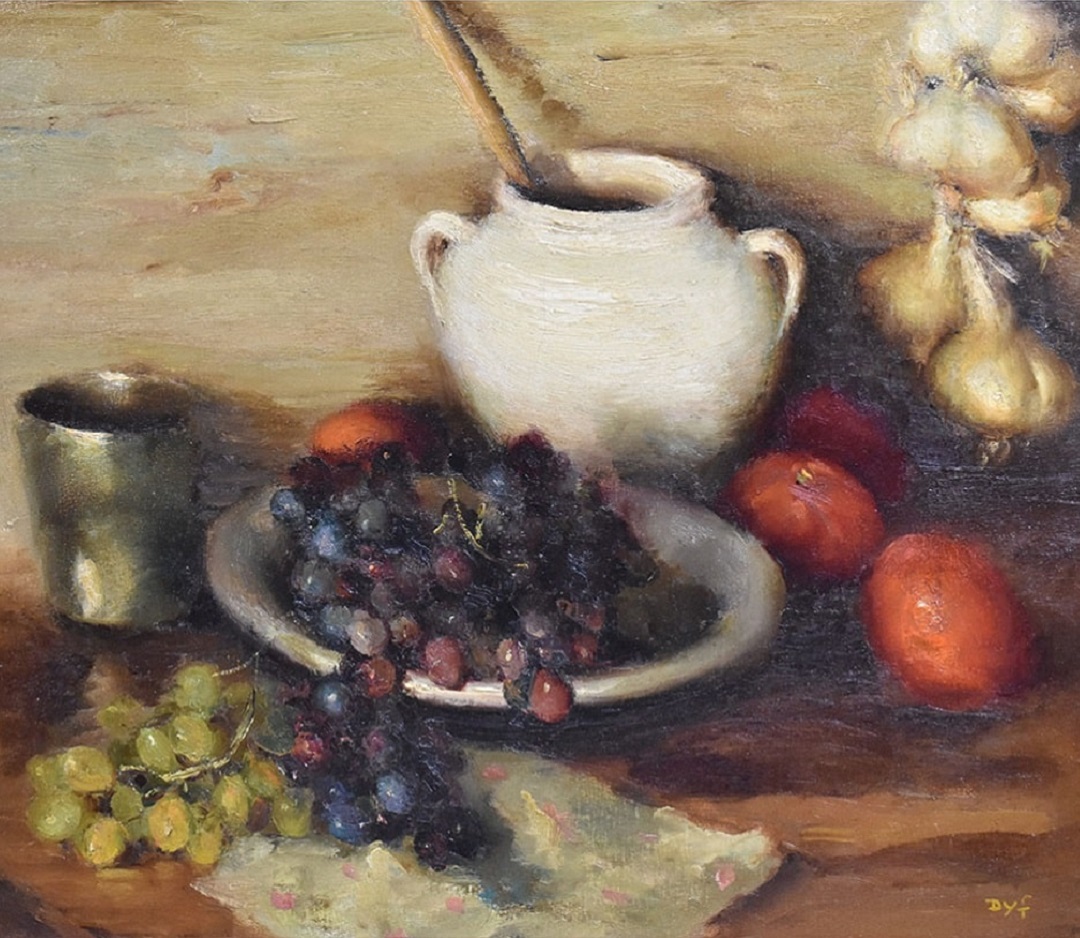Still Life in History

Still life is a pictorial and sculptural representation of inanimate objects.
They represent fruit, flowers and various types of objects, such as bottles, containers of different materials and musical instruments.
The first still life paintings date back to Antiquity (2nd and 3rd century BC) as mosaic decorations, a novelty with respect to the main theme of the sacred which characterized, until then, all the artistic representations of the period.
Attention to still life appears again in the 1300s, when the symbolic value of objects takes the main role. For example, withered flowers refer a concept linked to ephemeral and fleeting beauty. The object is therefore the symbol of a message and is not represented as an end in itself.
The 'modern' still life finds a precise field of experimentation in the fifteenth century, when it is considered the area of excellence for practicing perspective. Finally, during the 17th century, a notable development of works depicting still lifes is known throughout Europe, first of all in Flanders and Holland, but also in Spain and France. We remember the works of Caravaggio, Giovanna Garzoni, Giovanni Antonio Nessoli, Paolo Porpora and Giuseppe Recco. The works of Evaristo Baschenis reflect a great attention to the truth, giving life to details that no longer concern only the subjects of the painting, proposing a new way of living the experience of perception: he can paint a fly as if it were part of the painting or as if he were accidentally on the painting.
In the 19th century, painters such as Cézanne, Goya and Van Gogh ventured into the representation of still life with new, bright and innovative effects: studied chromatic combinations and contrasting effects with marked fast brushstrokes.
We can undeline the famous still life paintings signed by Giorgio Morandi (1890 - 1964), representations defined as unique and universally recognized: the objects represented, such as vases, bottles and coffee pots, are taken out of their domestic use and painted in their essentiality.




